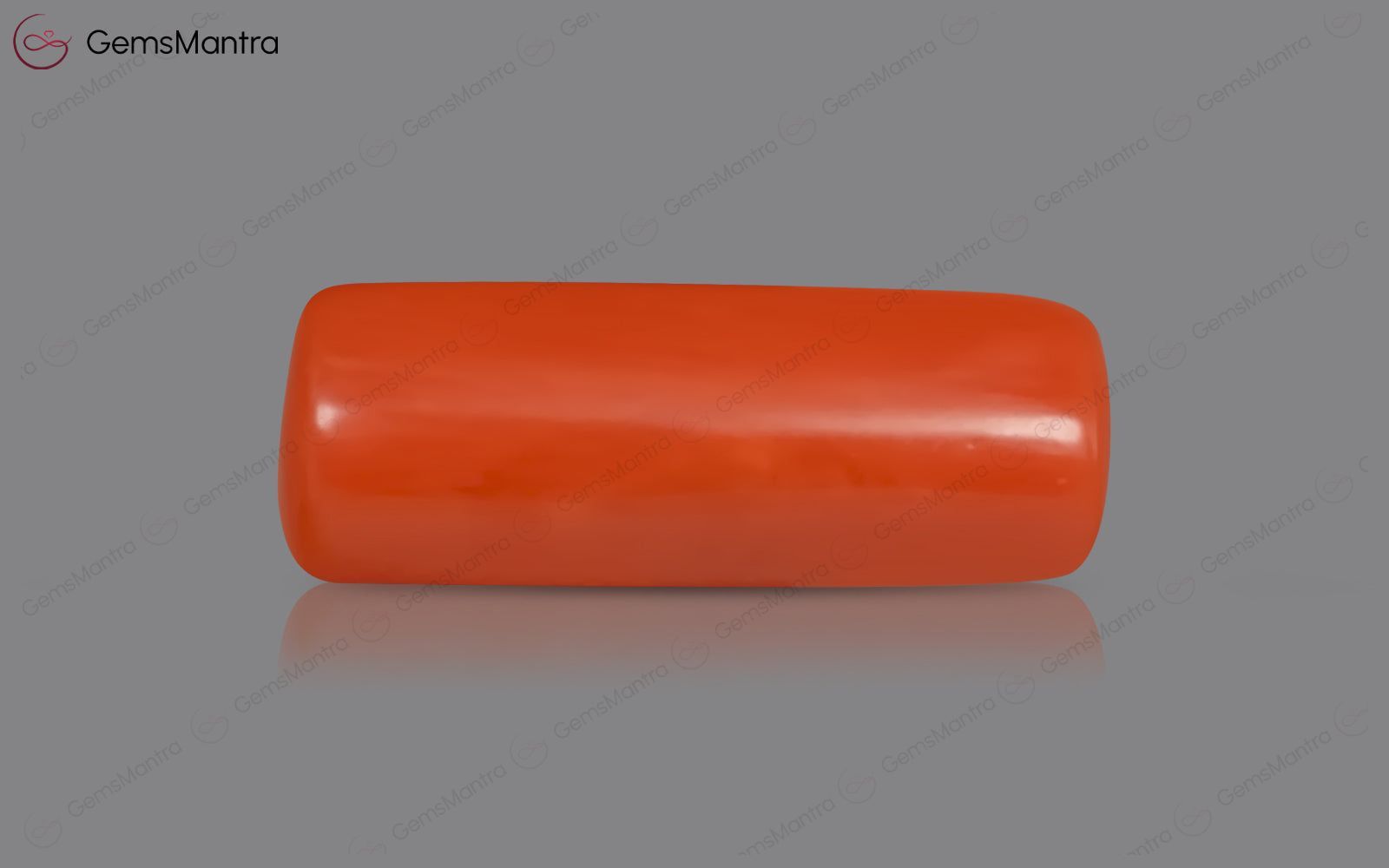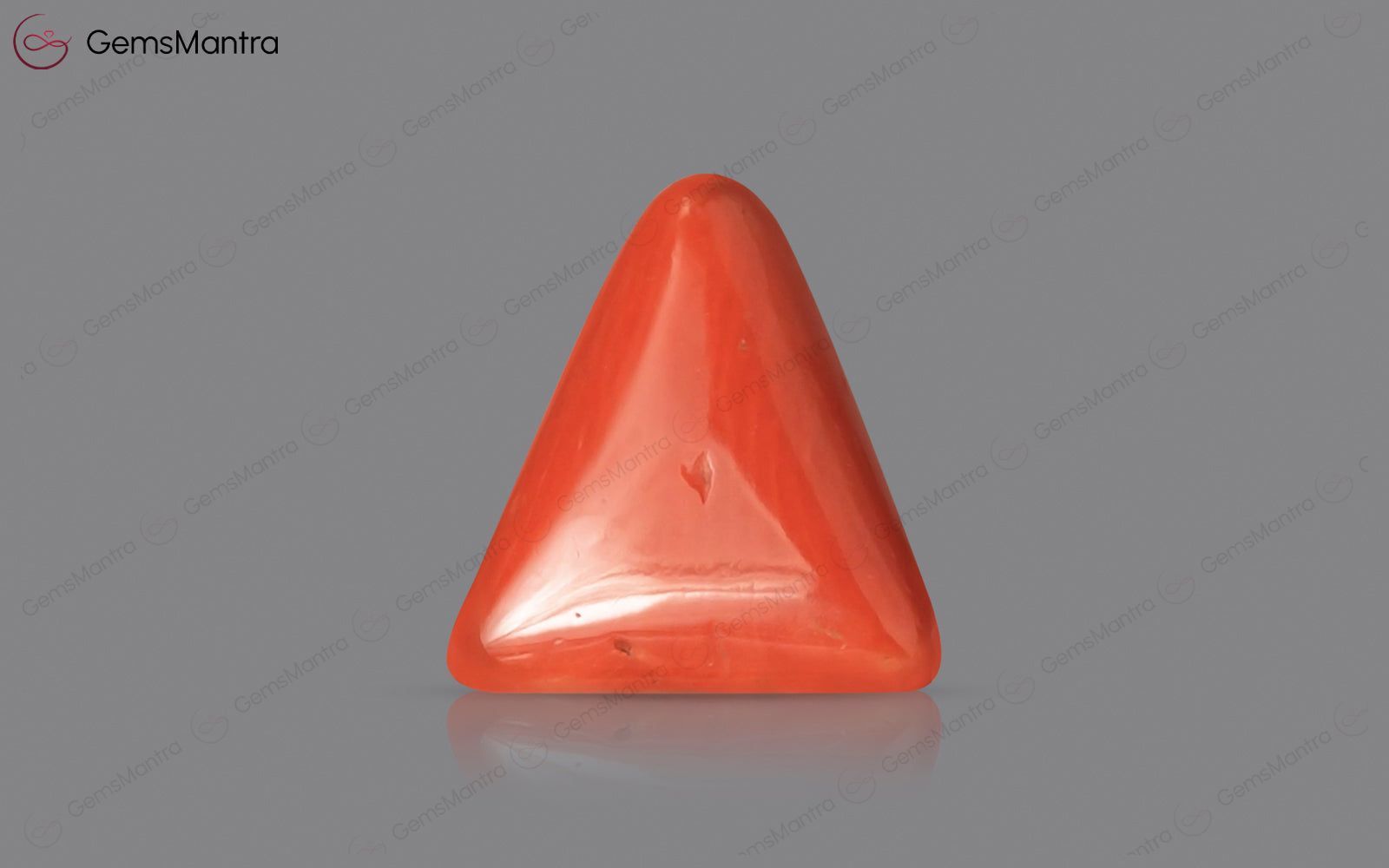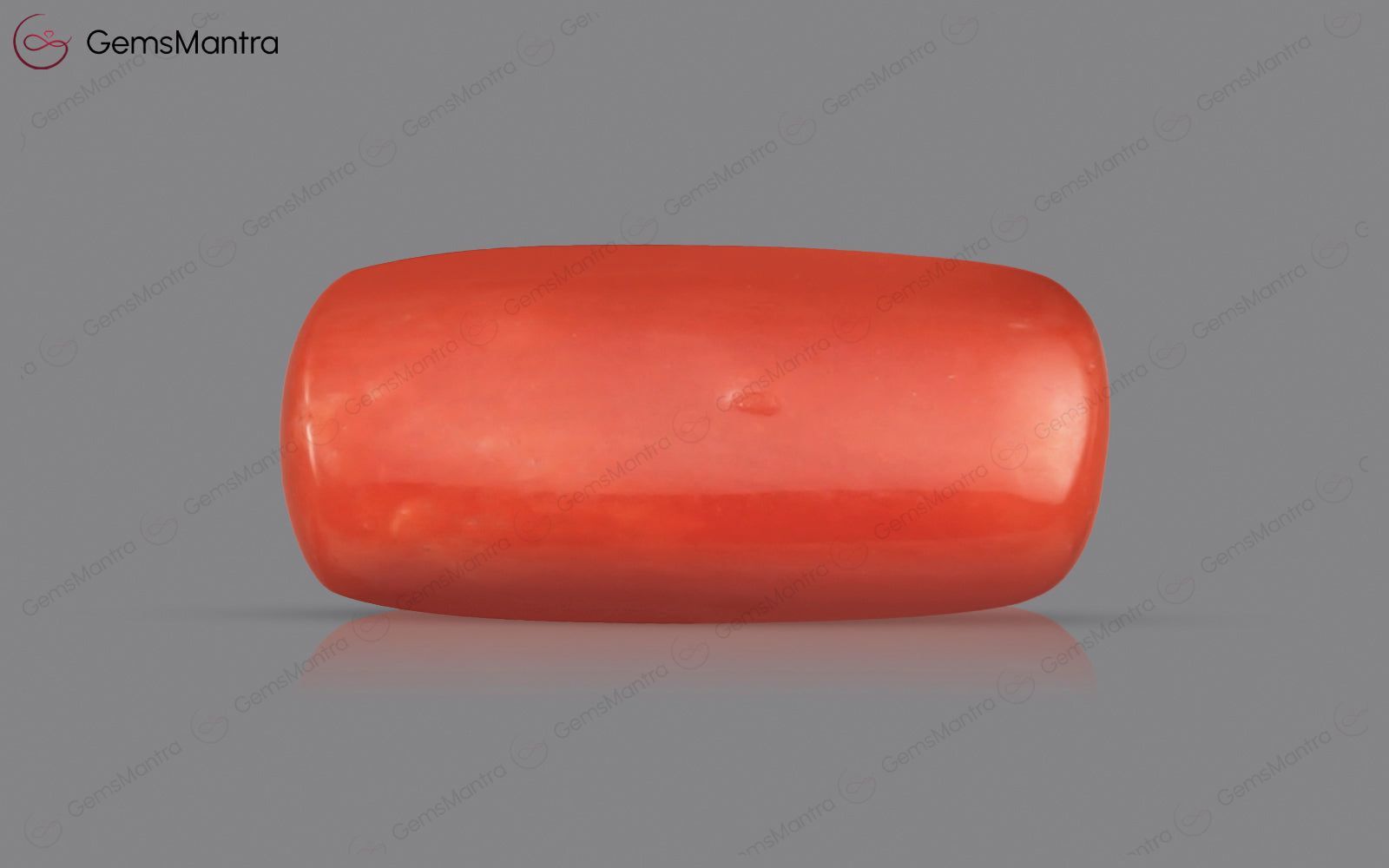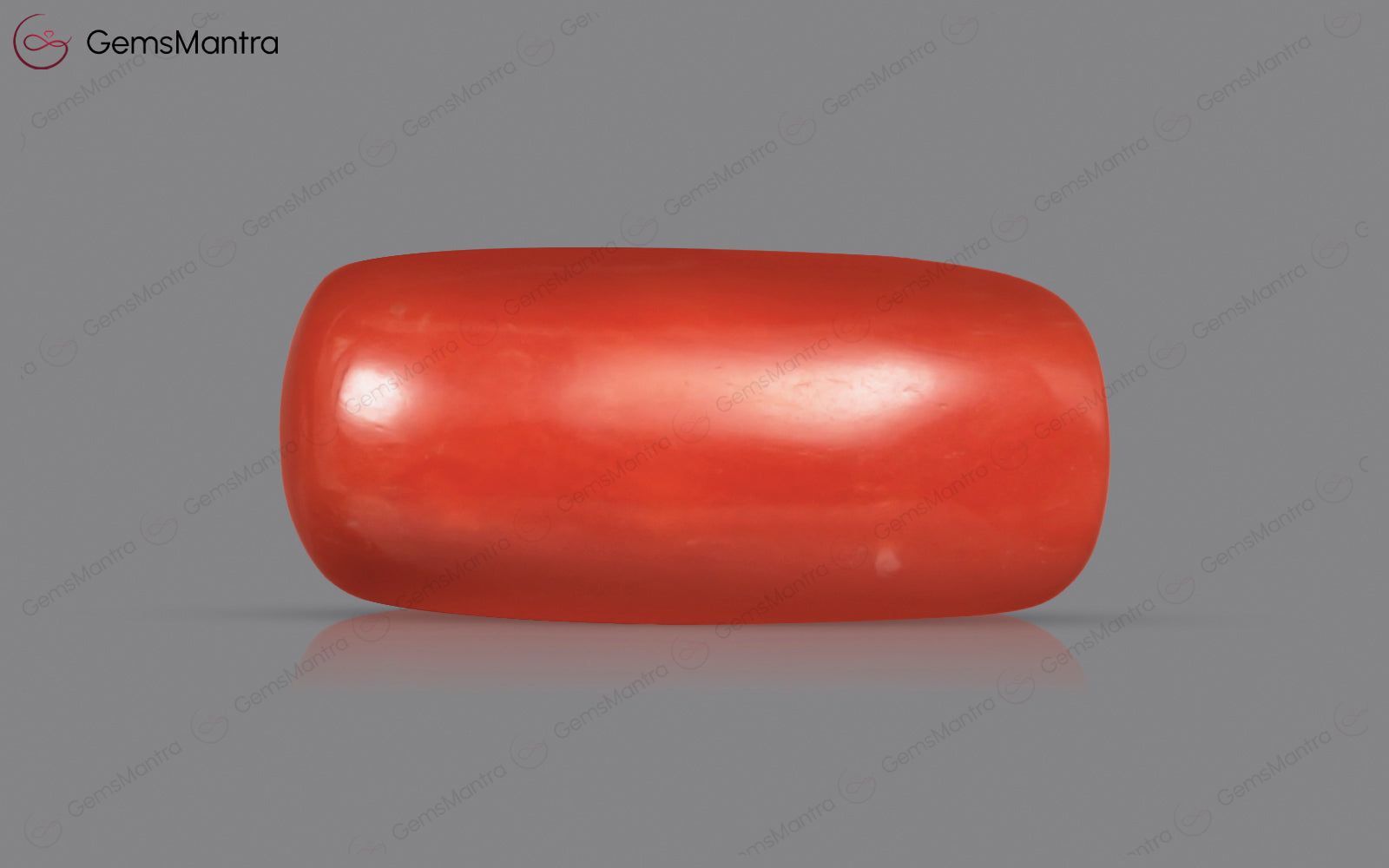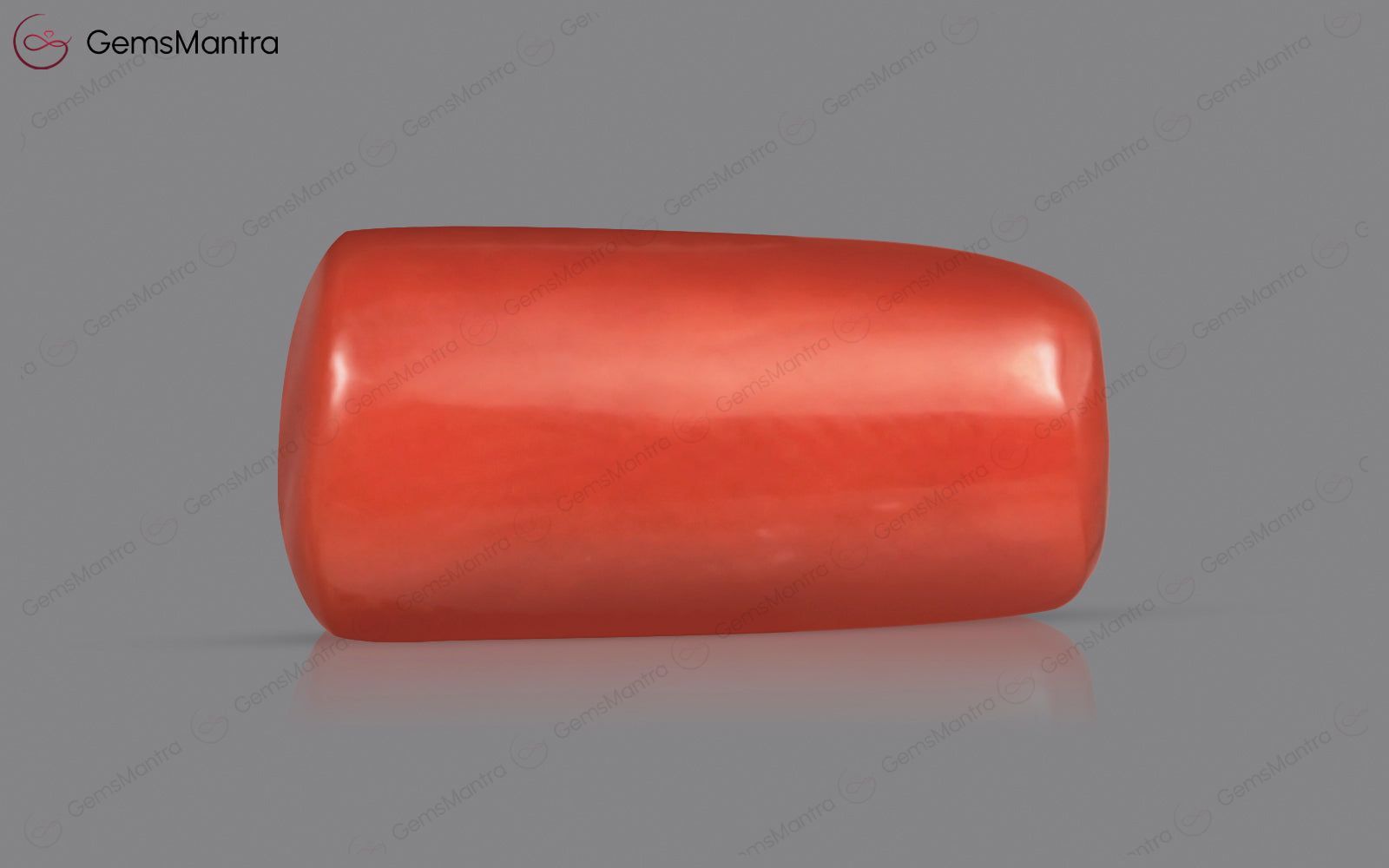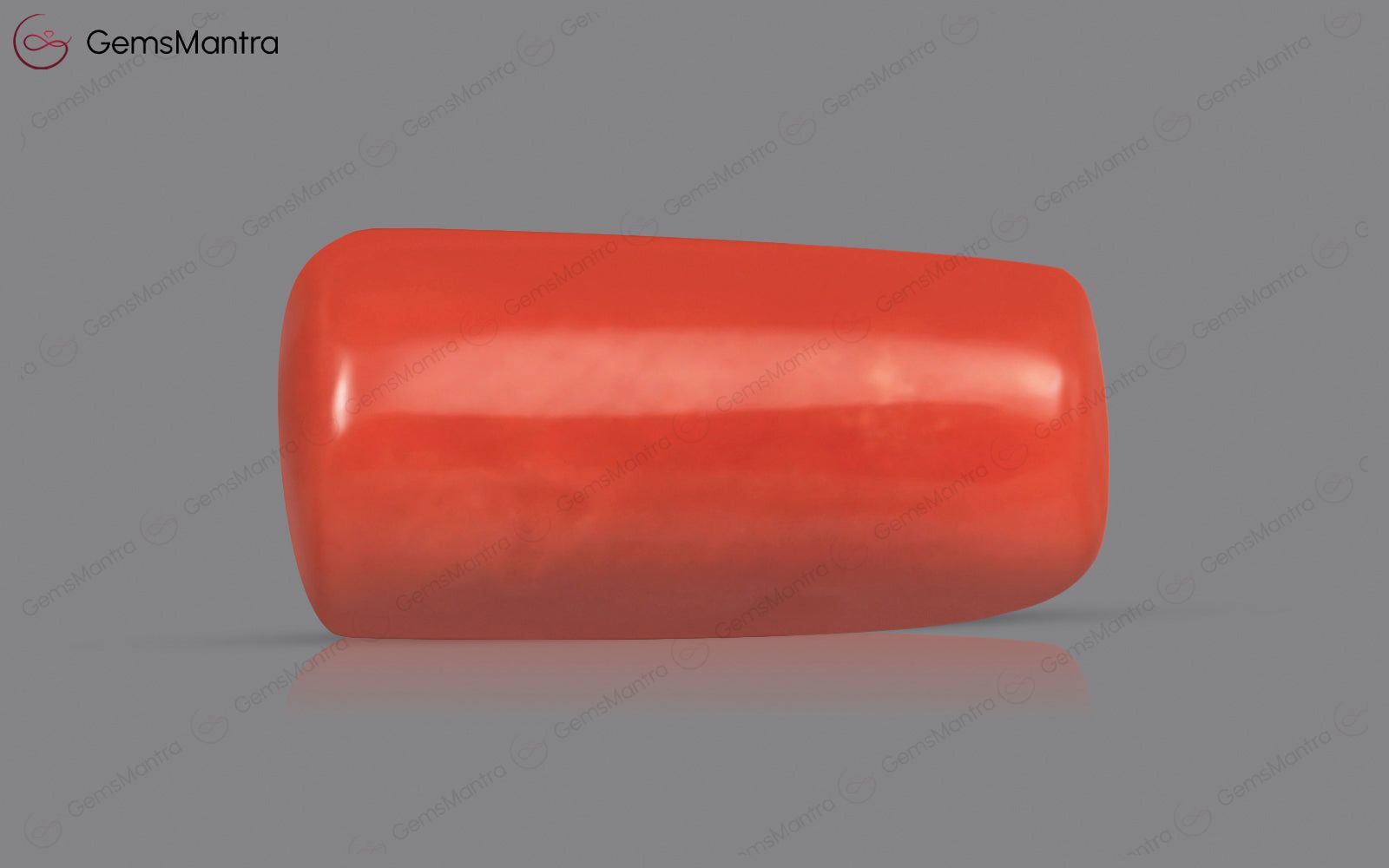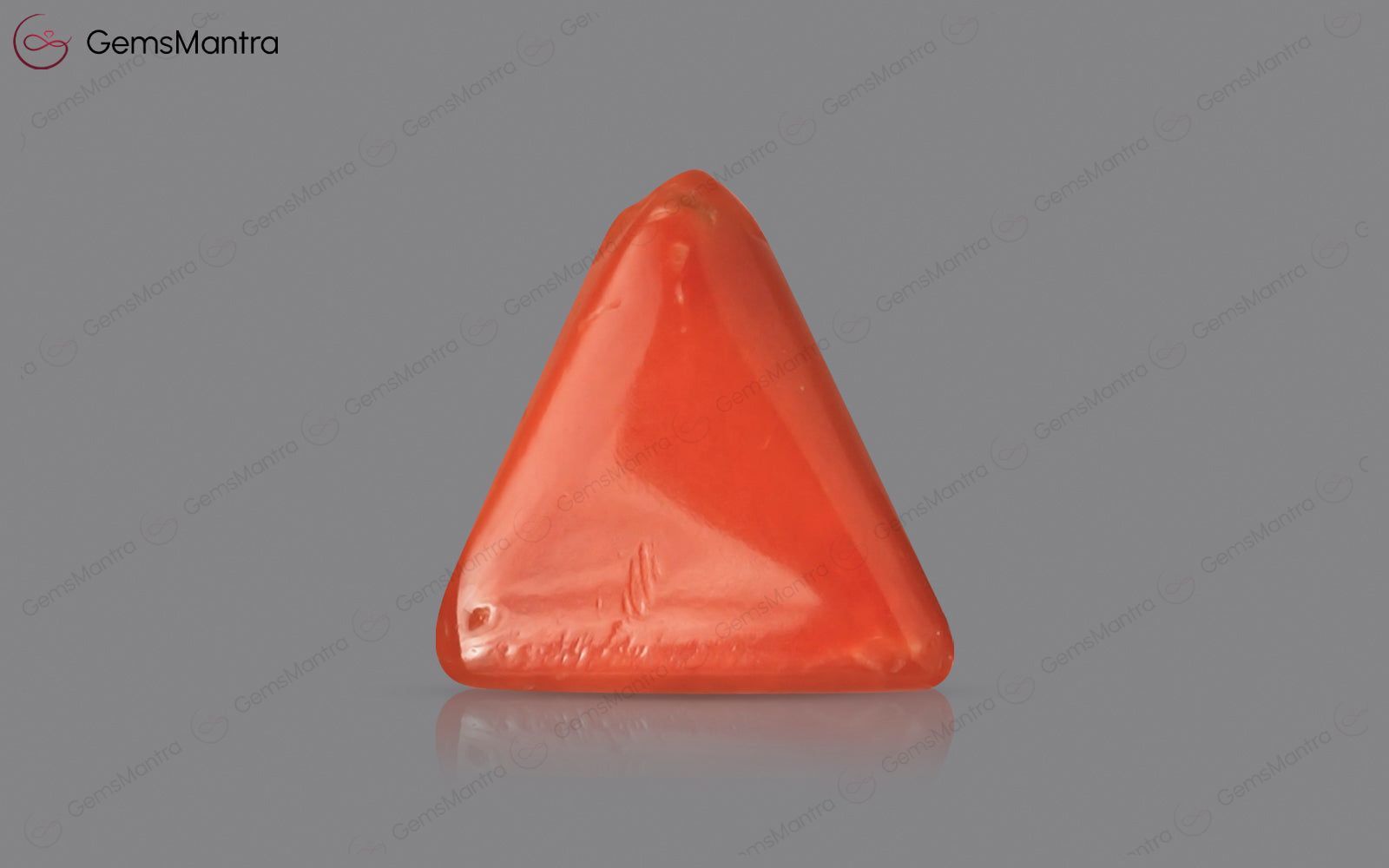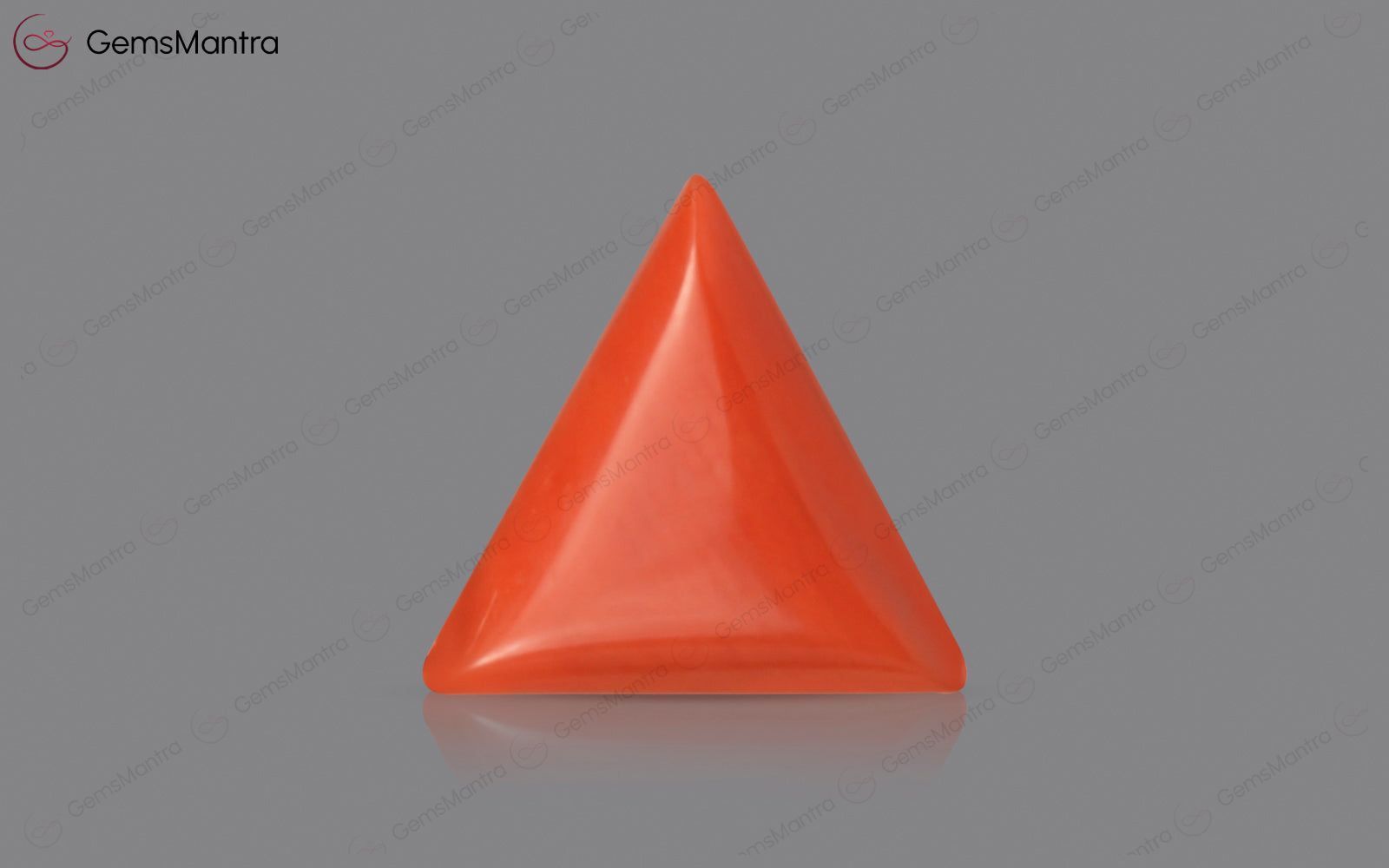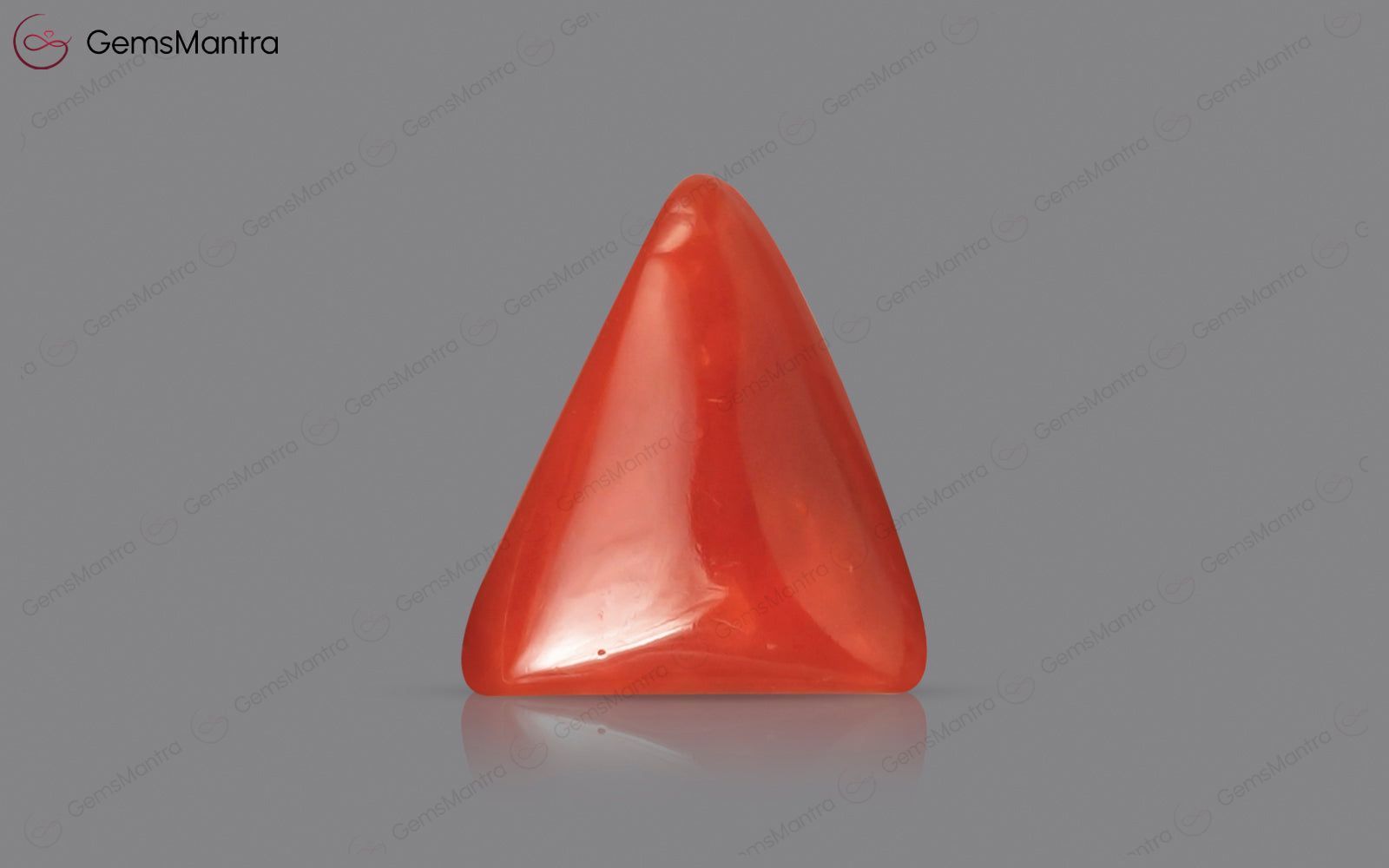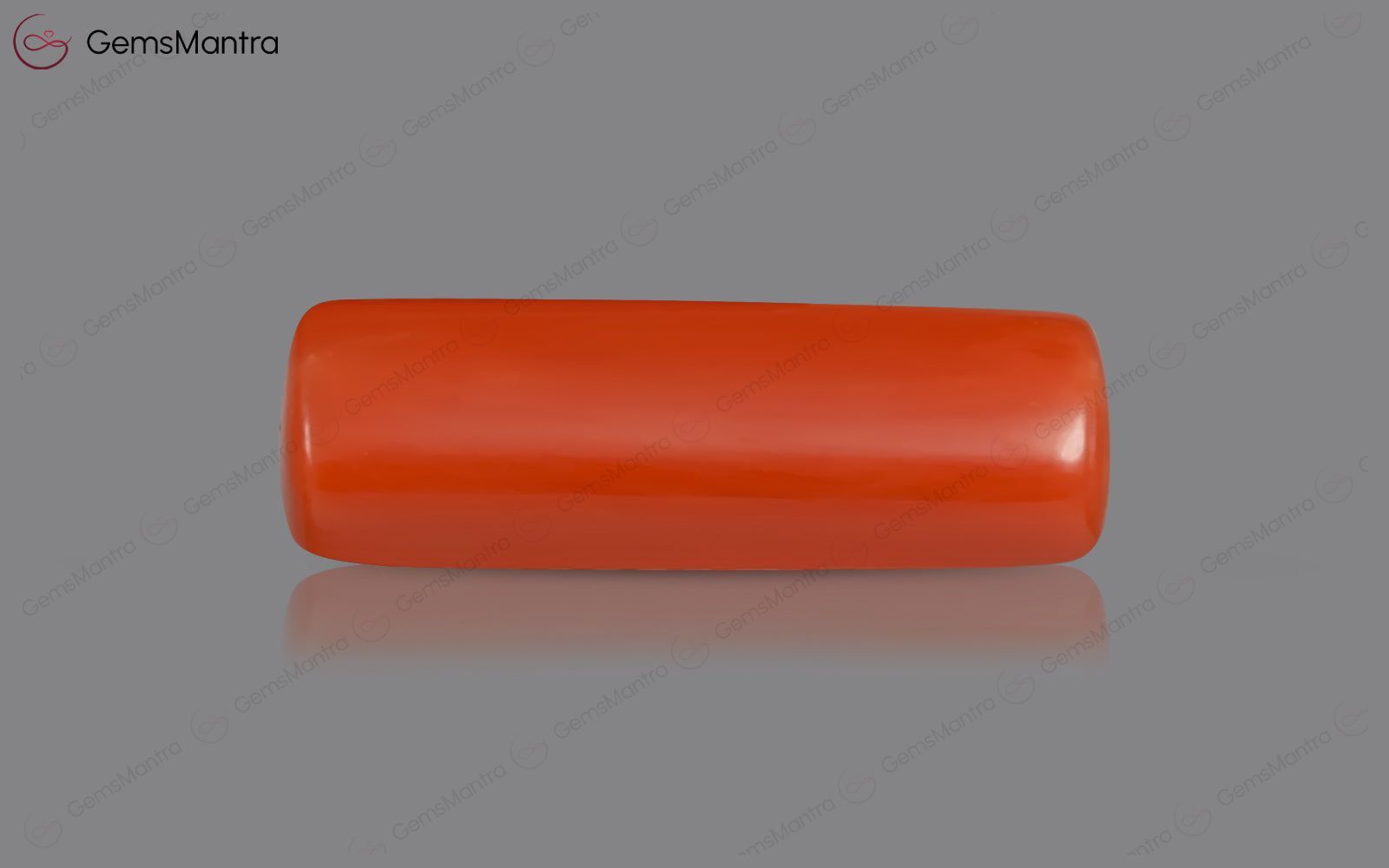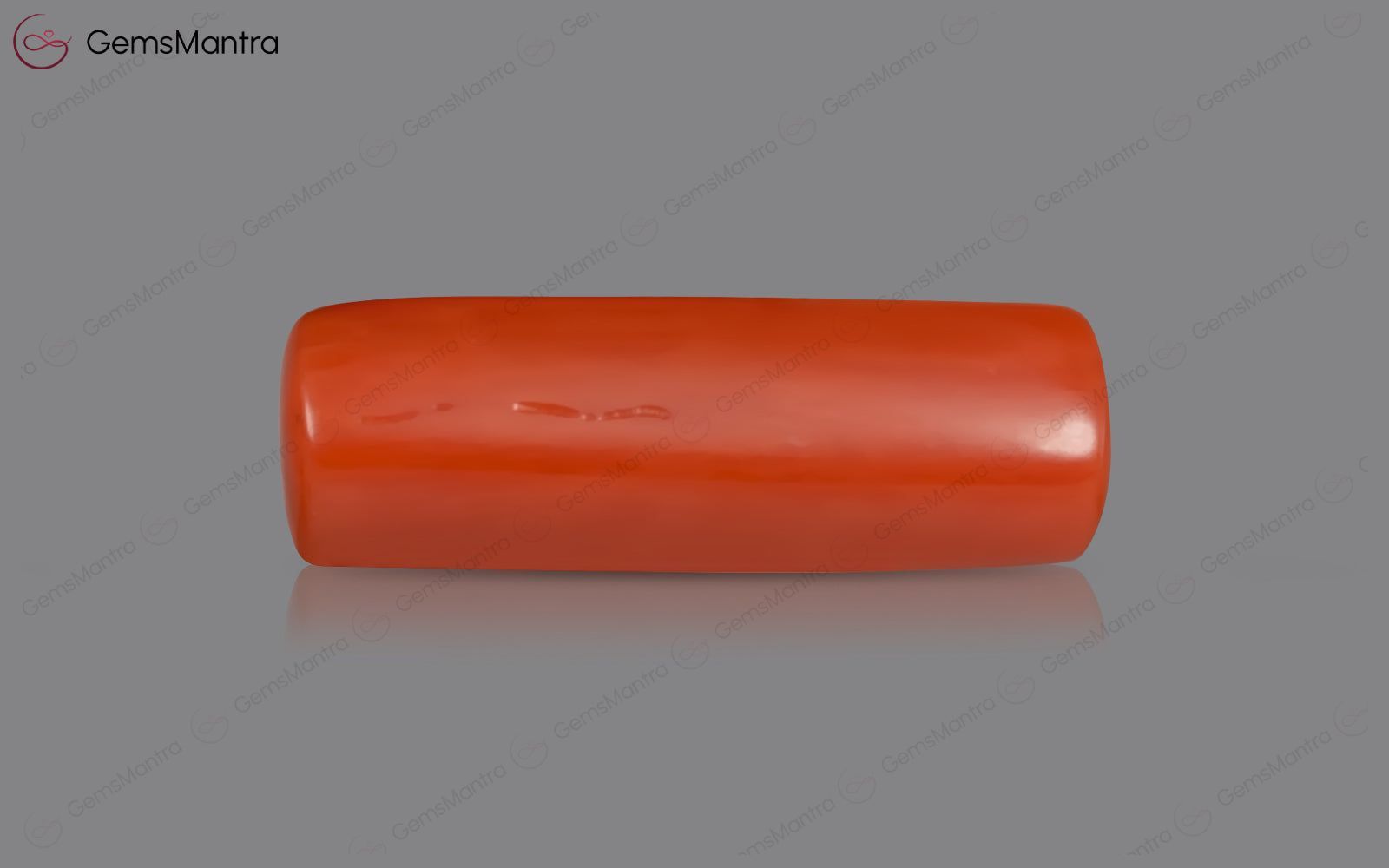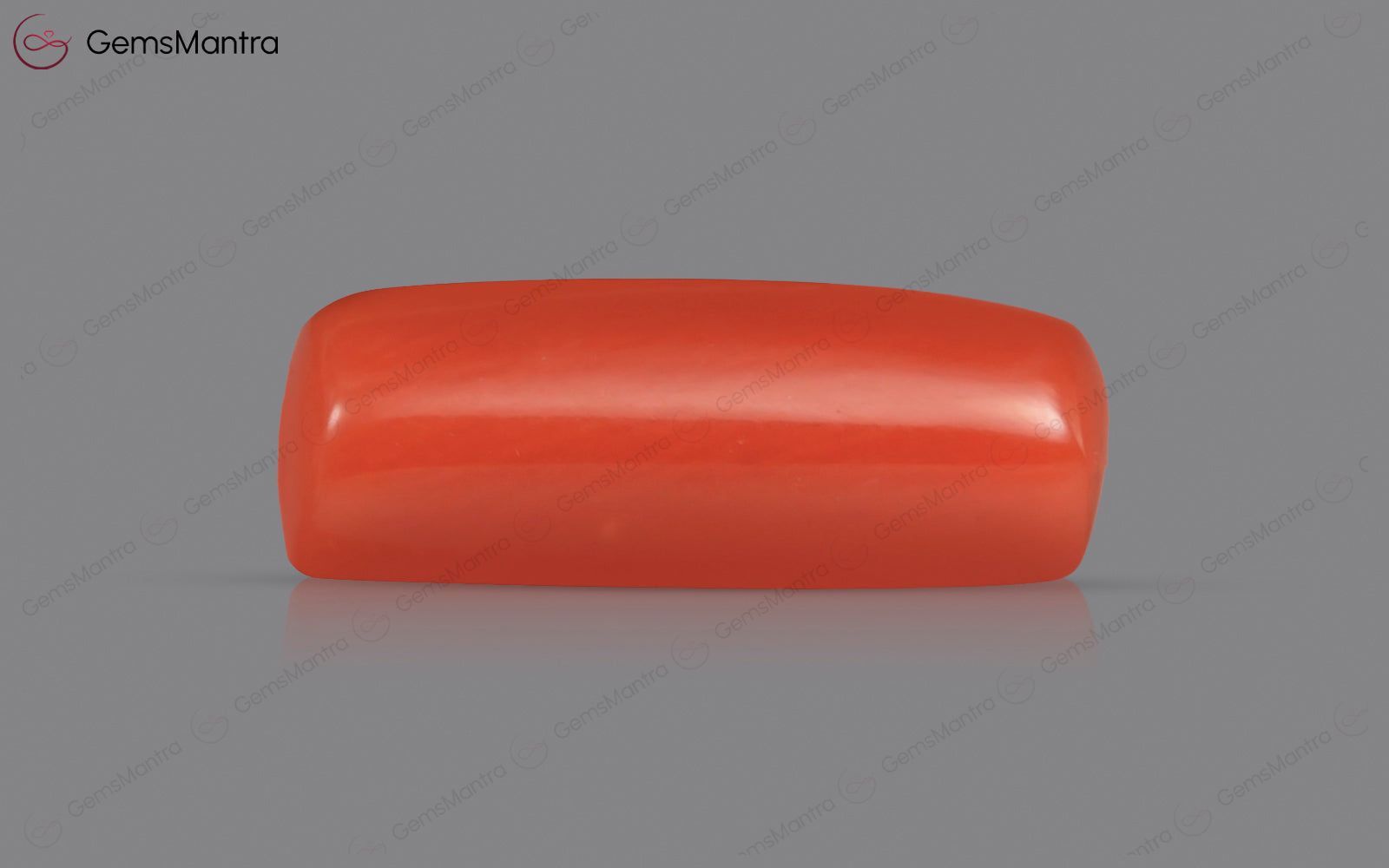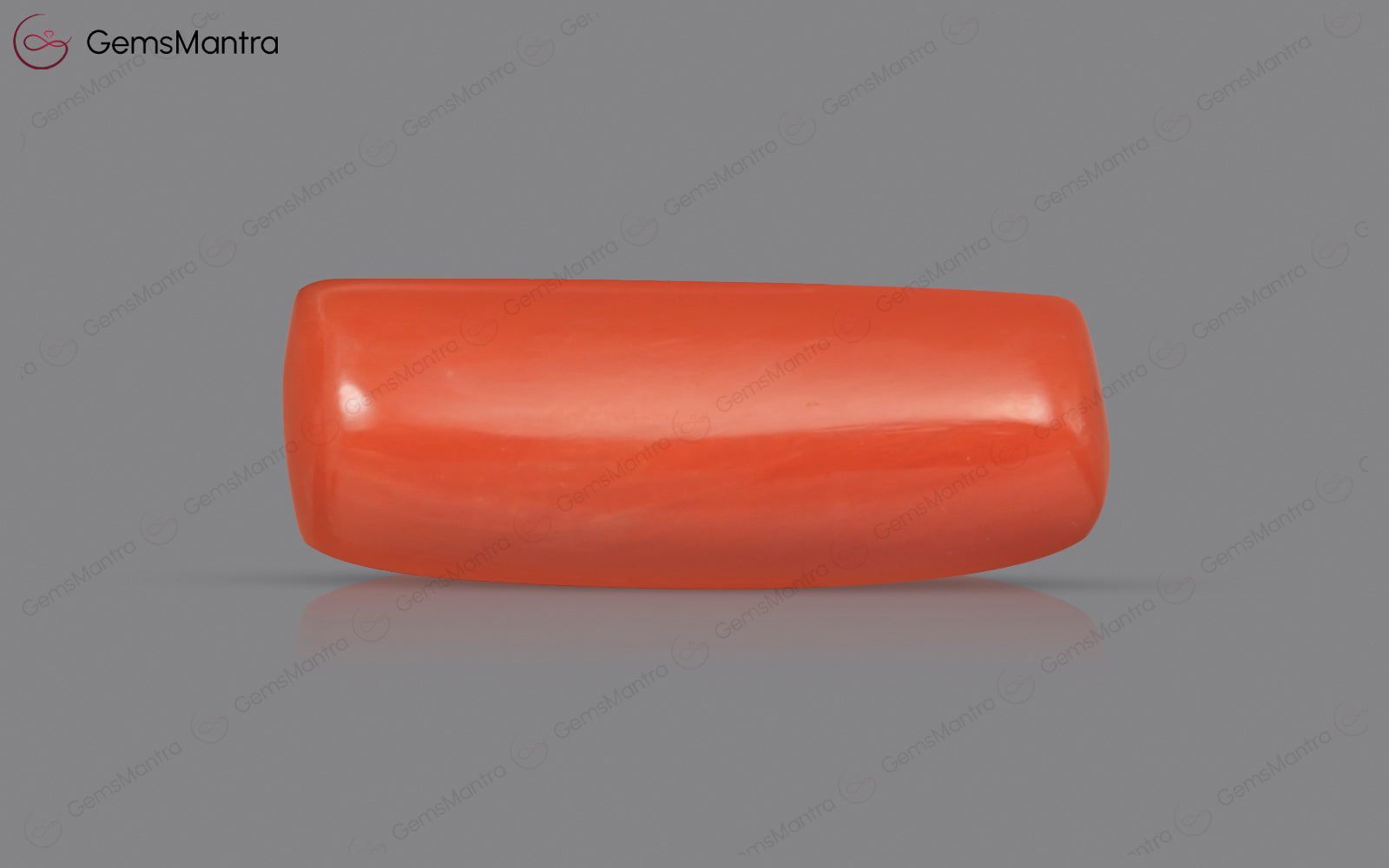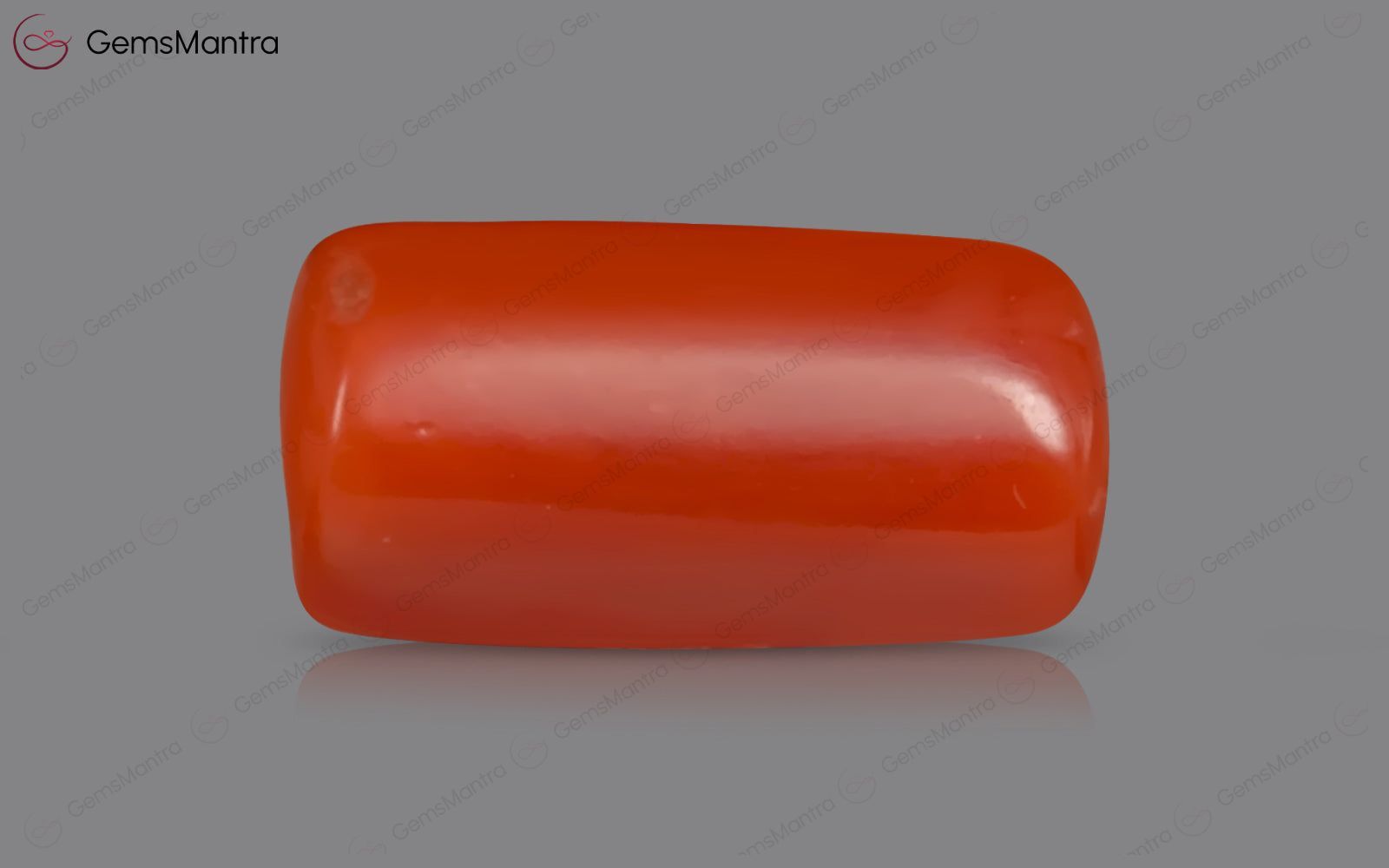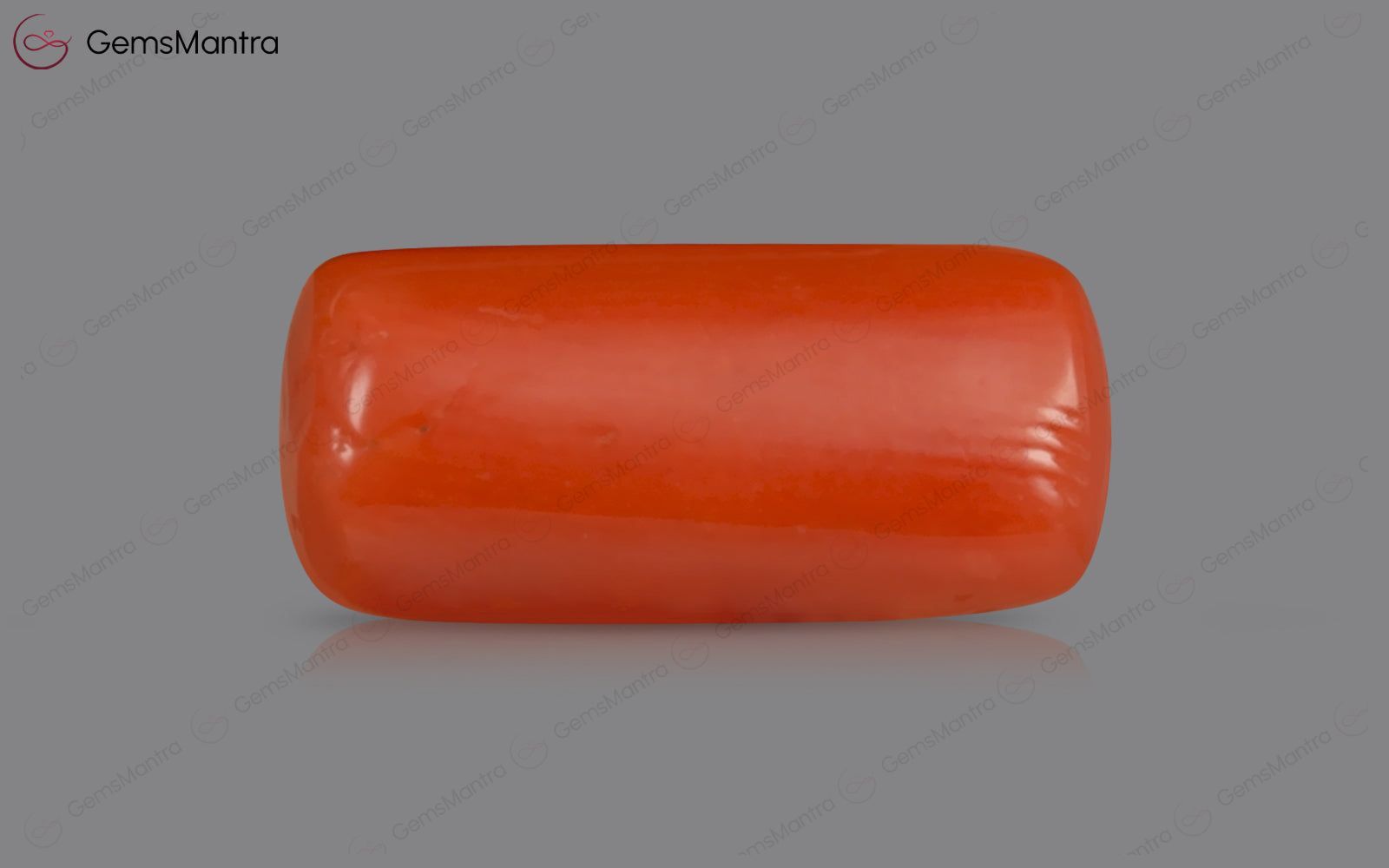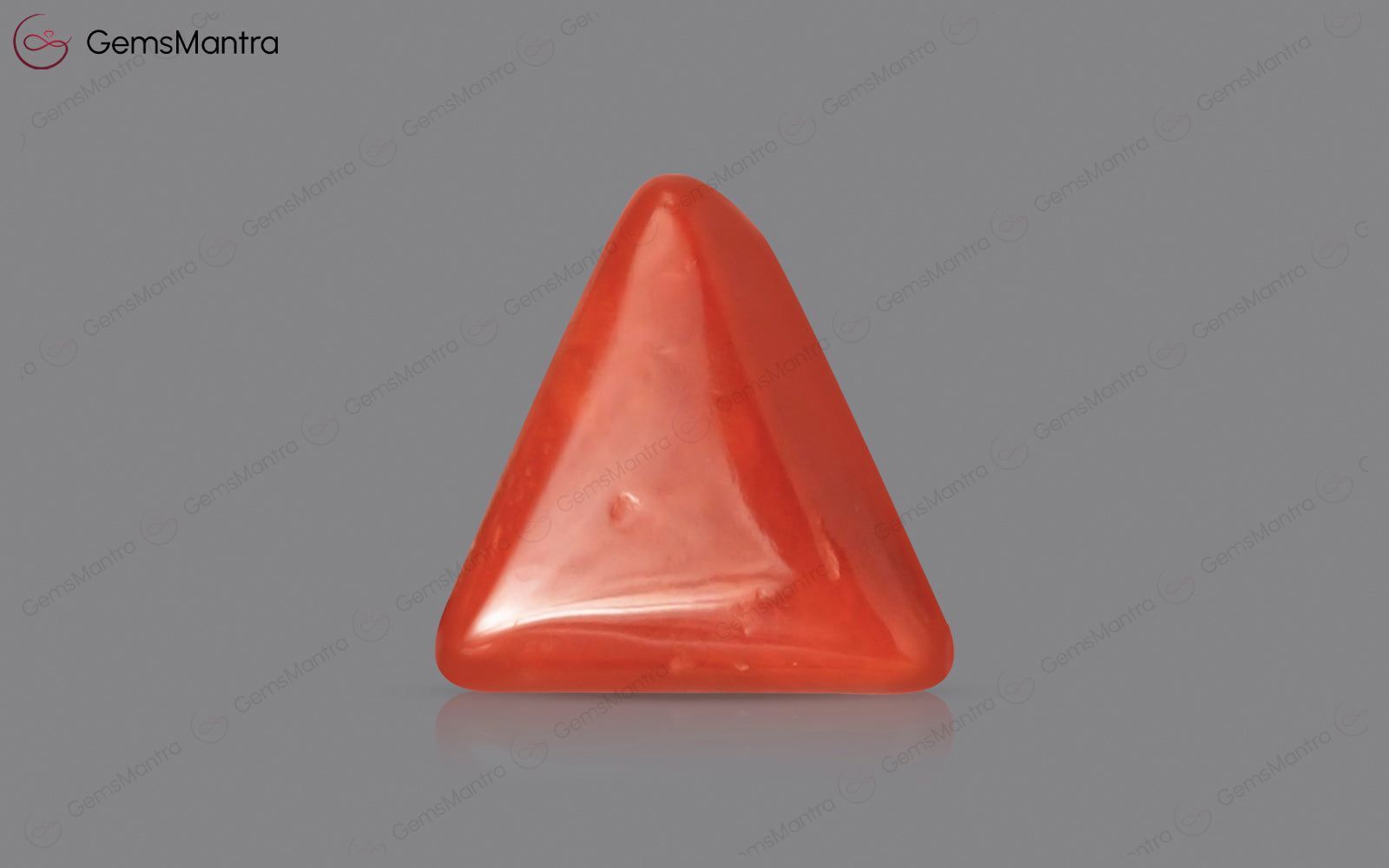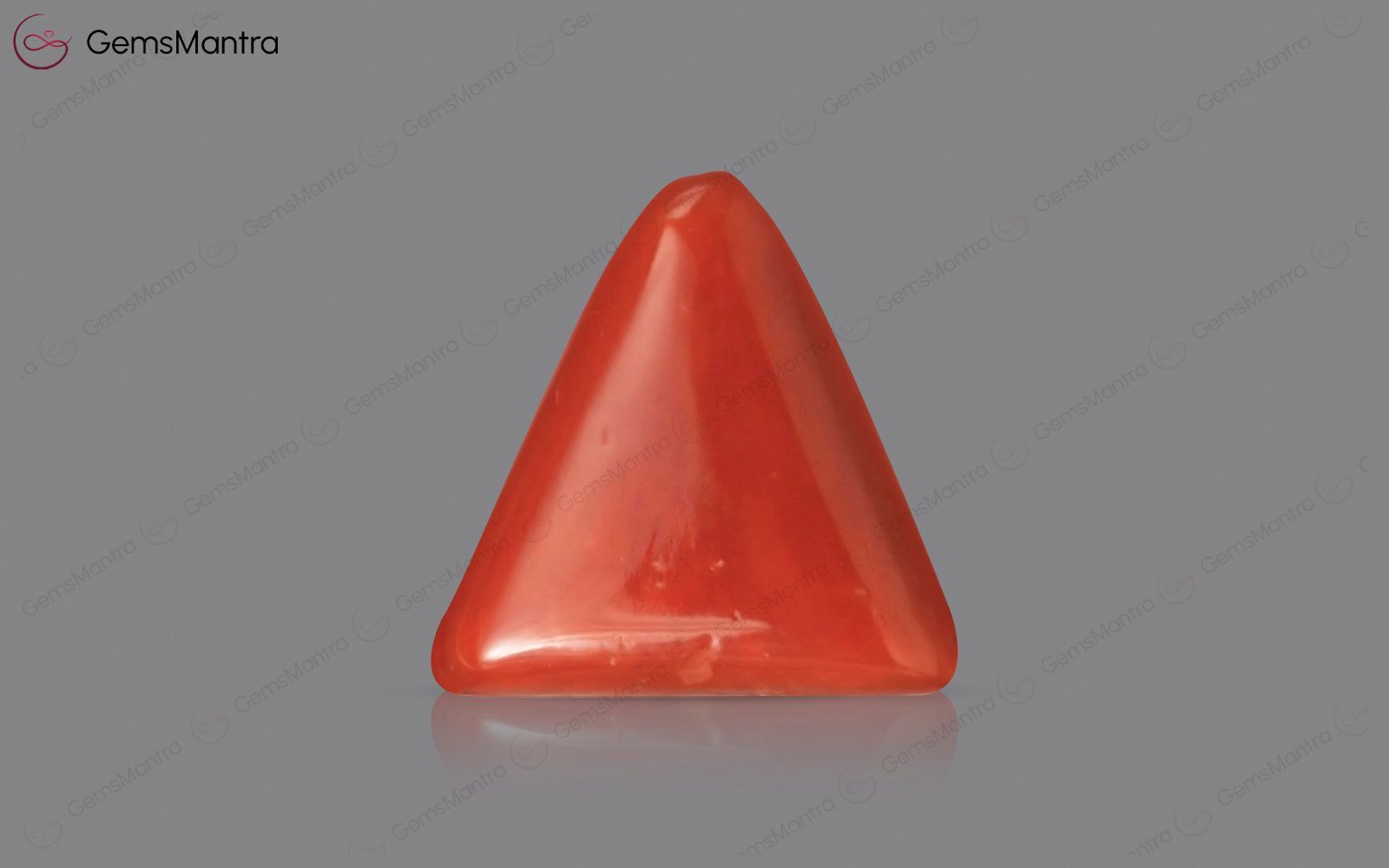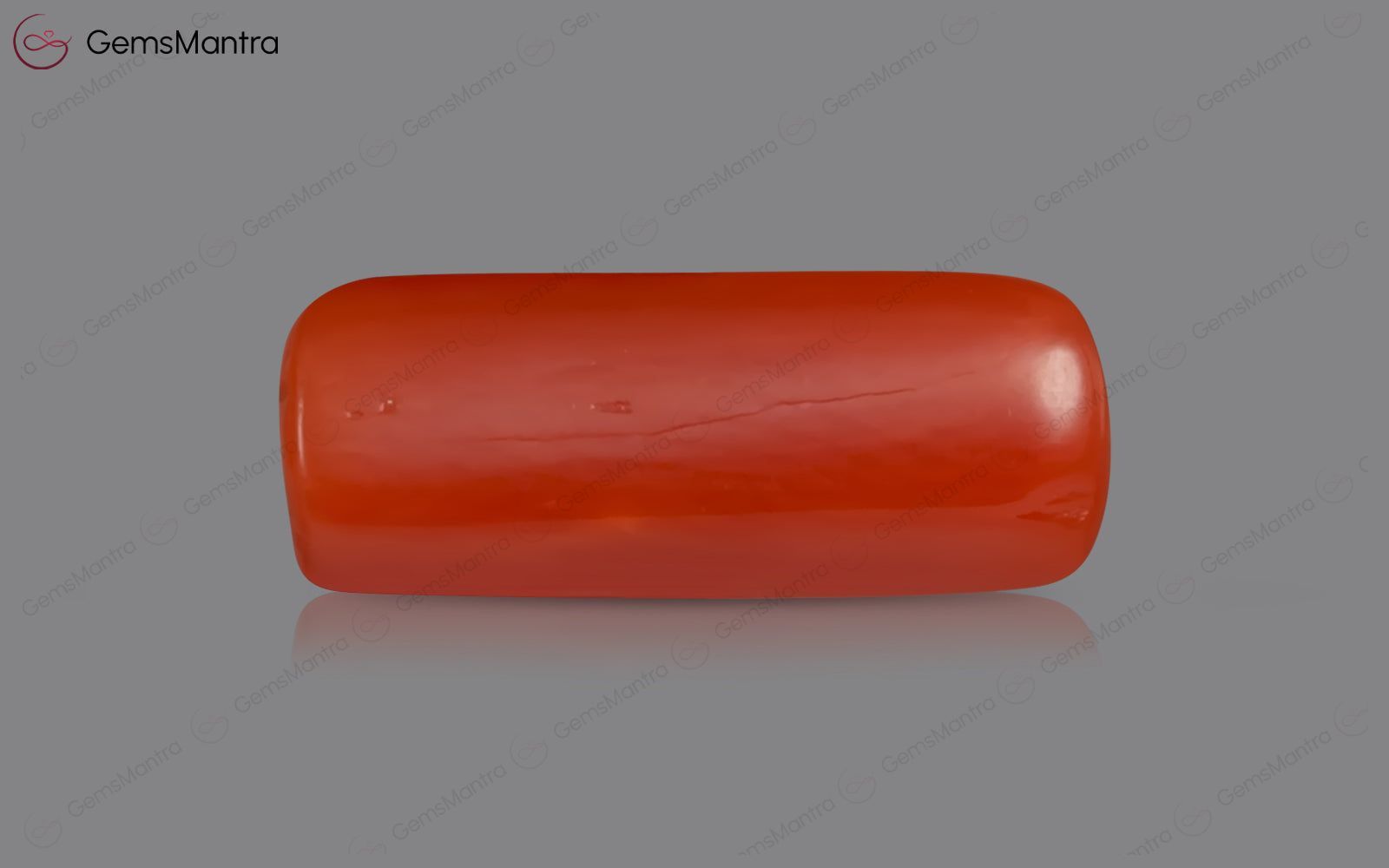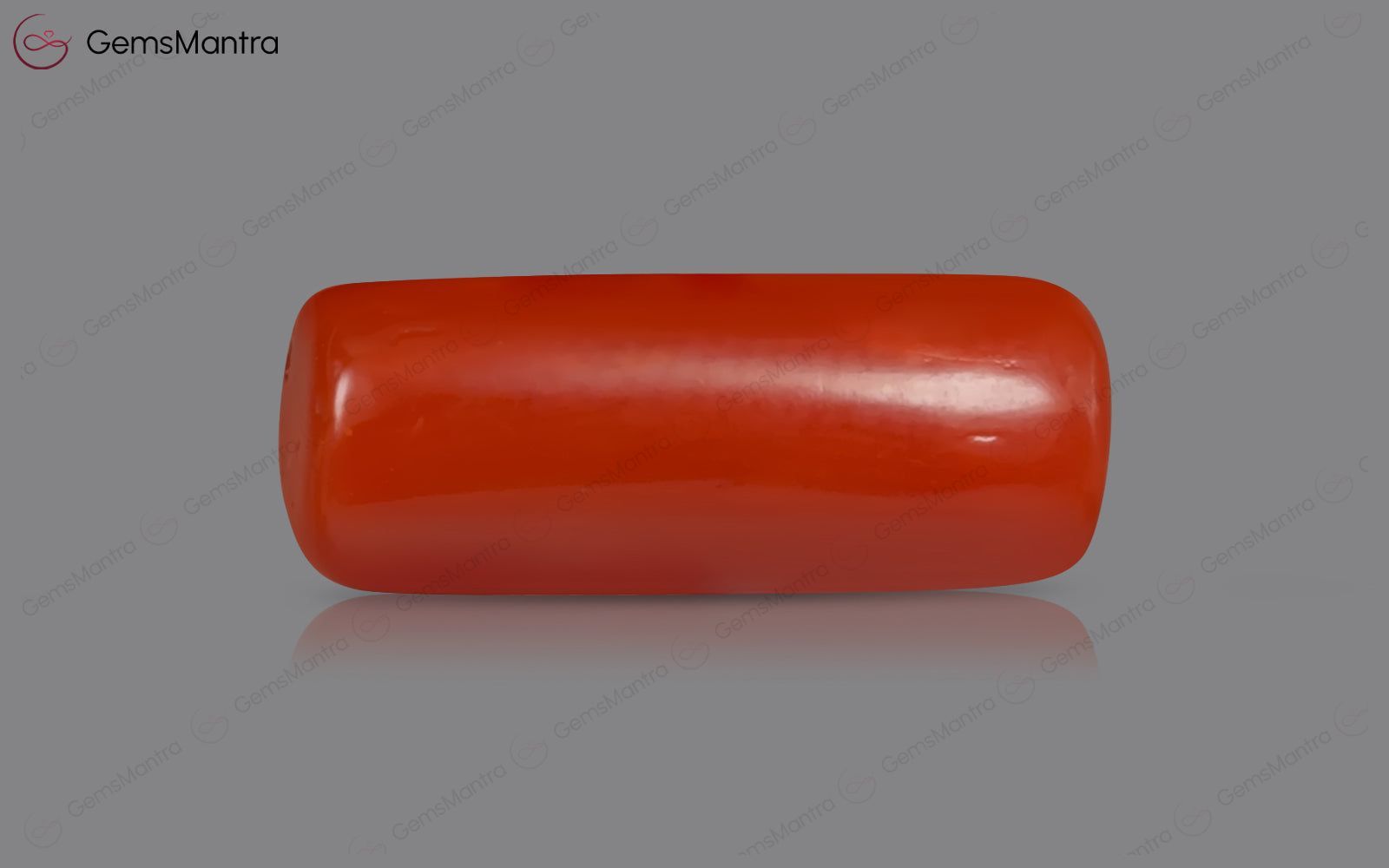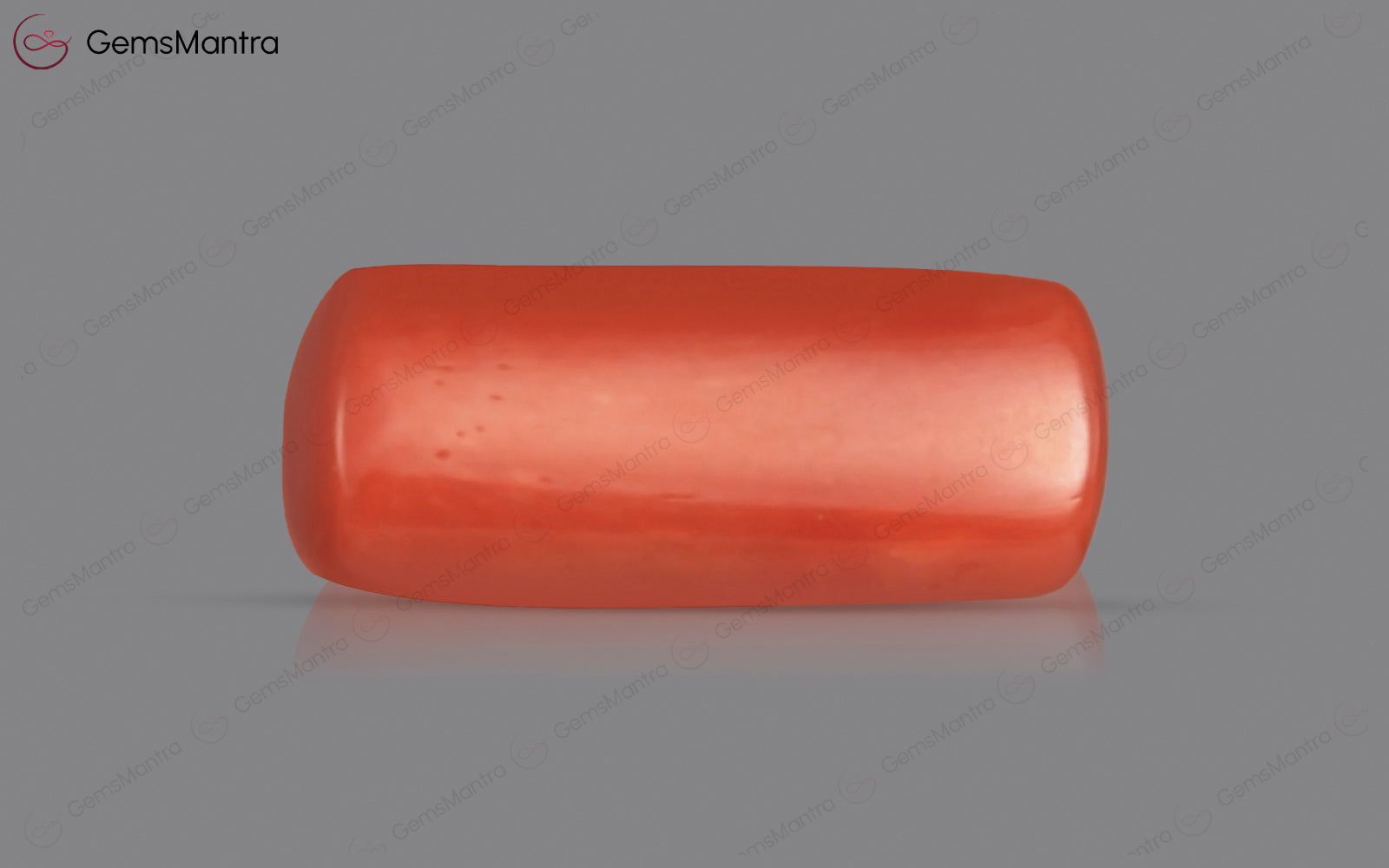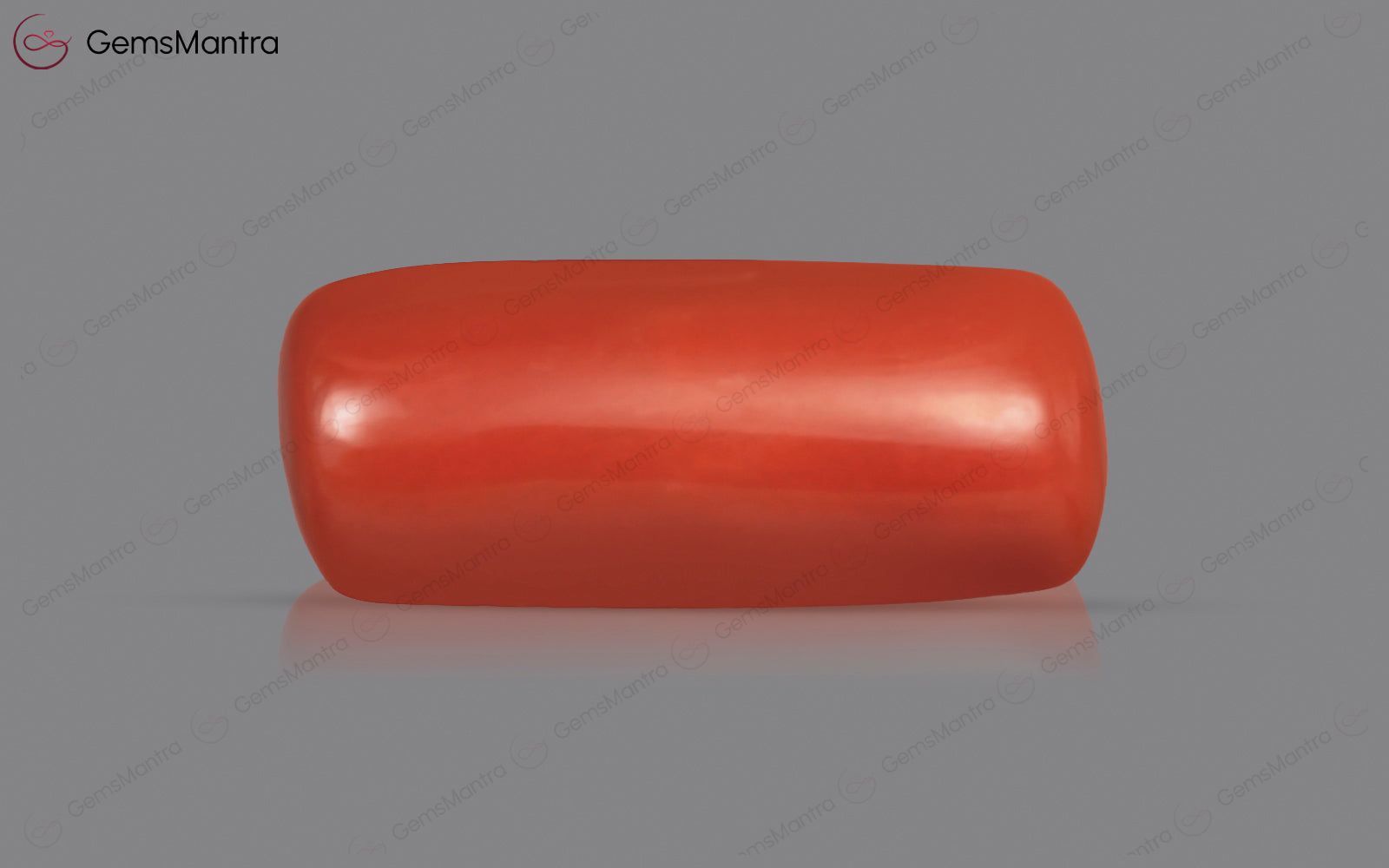 Red Coral (Moonga)
Red Coral (Moonga)
100% Natural & Lab - Certified Gemstone
Filters
Red Coral - 3.5 Carats
Sale price Rs. 5,000.00
Regular priceRs. 6,250.00
(20% off)
Red Coral - 3.53 Carats
Sale price Rs. 5,000.00
Regular priceRs. 6,250.00
(20% off)
Red Coral - 2.67 Carats
Sale price Rs. 5,350.00
Regular priceRs. 6,687.50
(20% off)
Red Coral - 2.76 Carats
Sale price Rs. 5,500.00
Regular priceRs. 6,875.00
(20% off)
Red Coral - 2.75 Carats
Sale price Rs. 5,500.00
Regular priceRs. 6,875.00
(20% off)
Red Coral - 3.47 Carats
Sale price Rs. 5,550.00
Regular priceRs. 6,937.50
(20% off)
Red Coral - 3.47 Carats
Sale price Rs. 5,600.00
Regular priceRs. 7,000.00
(20% off)
Red Coral - 3.41 Carats
Sale price Rs. 5,700.00
Regular priceRs. 7,125.00
(20% off)
Red Coral - 3.51 Carats
Sale price Rs. 5,700.00
Regular priceRs. 7,125.00
(20% off)
Red Coral - 3.52 Carats
Sale price Rs. 5,700.00
Regular priceRs. 7,125.00
(20% off)
Red Coral - 2.86 Carats
Sale price Rs. 5,720.00
Regular priceRs. 7,150.00
(20% off)
Red Coral - 2.88 Carats
Sale price Rs. 5,750.00
Regular priceRs. 7,187.50
(20% off)
Red Coral - 2.9 Carats
Sale price Rs. 5,800.00
Regular priceRs. 7,250.00
(20% off)
Red Coral - 2.95 Carats
Sale price Rs. 5,900.00
Regular priceRs. 7,375.00
(20% off)
Red Coral - 2.94 Carats
Sale price Rs. 5,900.00
Regular priceRs. 7,375.00
(20% off)
Red Coral - 2.94 Carats
Sale price Rs. 5,900.00
Regular priceRs. 7,375.00
(20% off)
Red Coral - 2.89 Carats
Sale price Rs. 5,900.00
Regular priceRs. 7,375.00
(20% off)
Red Coral - 3.49 Carats
Sale price Rs. 5,900.00
Regular priceRs. 7,375.00
(20% off)
Red Coral - 3.5 Carats
Sale price Rs. 5,900.00
Regular priceRs. 7,375.00
(20% off)
Red Coral - 3.71 Carats
Sale price Rs. 5,900.00
Regular priceRs. 7,375.00
(20% off)
Red Coral - 2.75 Carats
Sale price Rs. 6,000.00
Regular priceRs. 7,500.00
(20% off)
Red Coral - 2.7 Carats
Sale price Rs. 6,000.00
Regular priceRs. 7,500.00
(20% off)
Red Coral - 2.86 Carats
Sale price Rs. 6,000.00
Regular priceRs. 7,500.00
(20% off)
Red Coral - 2.87 Carats
Sale price Rs. 6,000.00
Regular priceRs. 7,500.00
(20% off)
Red Coral - 3.6 Carats
Sale price Rs. 6,000.00
Regular priceRs. 7,500.00
(20% off)
Red Coral - 3.56 Carats
Sale price Rs. 6,000.00
Regular priceRs. 7,500.00
(20% off)
Red Coral - 3.59 Carats
Sale price Rs. 6,100.00
Regular priceRs. 7,625.00
(20% off)
Red Coral - 2.89 Carats
Sale price Rs. 6,200.00
Regular priceRs. 7,750.00
(20% off)
Red Coral - 3.56 Carats
Sale price Rs. 6,200.00
Regular priceRs. 7,750.00
(20% off)
Red Coral - 3.64 Carats
Sale price Rs. 6,200.00
Regular priceRs. 7,750.00
(20% off)
Red Coral - 3.38 Carats
Sale price Rs. 6,200.00
Regular priceRs. 7,750.00
(20% off)
Red Coral - 3.5 Carats
Sale price Rs. 6,300.00
Regular priceRs. 7,875.00
(20% off)
Red Coral - 3.57 Carats
Sale price Rs. 6,400.00
Regular priceRs. 8,000.00
(20% off)
Red Coral - 3.46 Carats
Sale price Rs. 6,400.00
Regular priceRs. 8,000.00
(20% off)
Red Coral - 3.59 Carats
Sale price Rs. 6,450.00
Regular priceRs. 8,062.50
(20% off)
Red Coral - 4.91 Carats
Sale price Rs. 6,490.00
Regular priceRs. 8,112.50
(20% off)
Red Coral - 4.96 Carats
Sale price Rs. 6,490.00
Regular priceRs. 8,112.50
(20% off)
Red Coral - 2.82 Carats
Sale price Rs. 6,500.00
Regular priceRs. 8,125.00
(20% off)
Red Coral - 3.44 Carats
Sale price Rs. 6,500.00
Regular priceRs. 8,125.00
(20% off)
Red Coral - 3.65 Carats
Sale price Rs. 6,500.00
Regular priceRs. 8,125.00
(20% off)
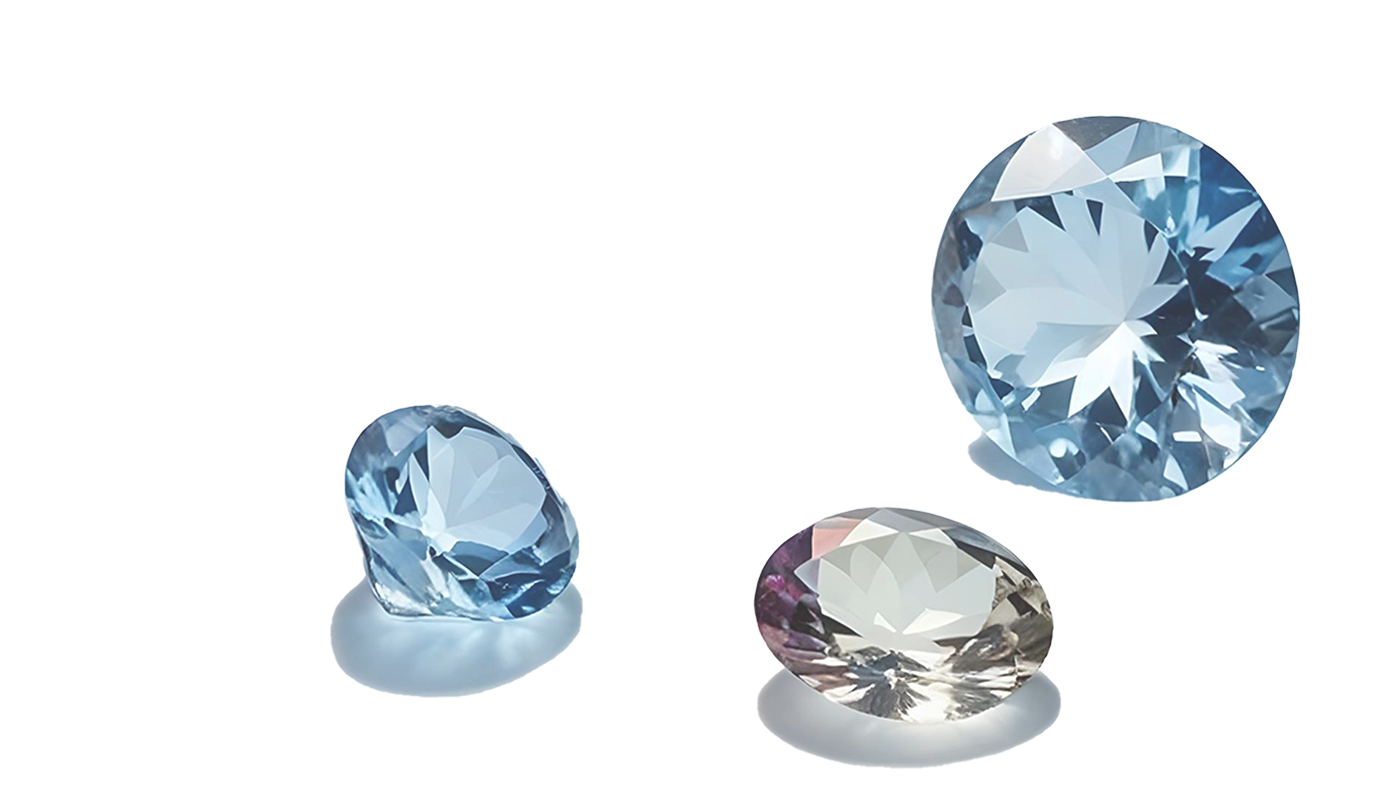
A promise of purity & authenticity




















